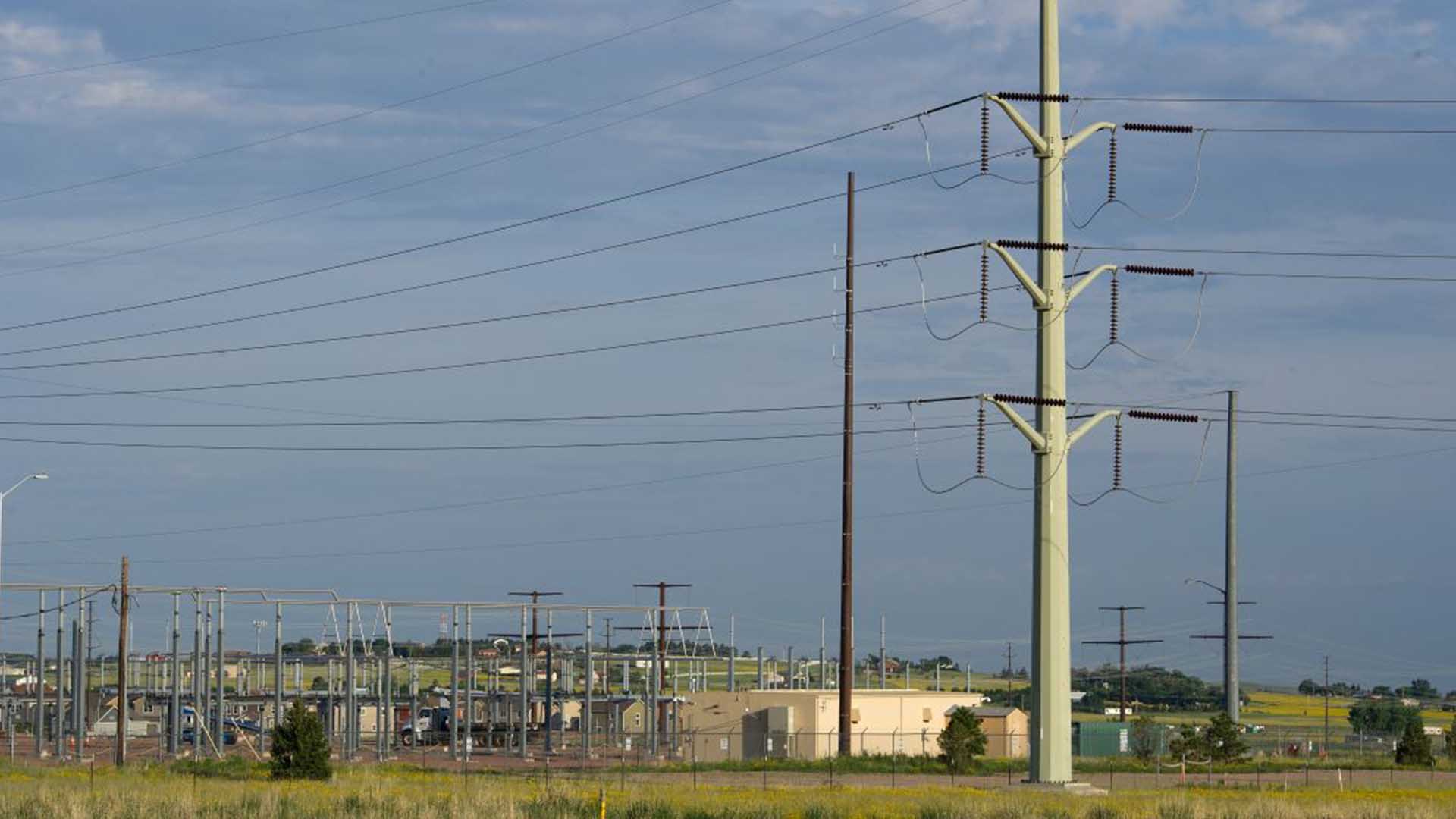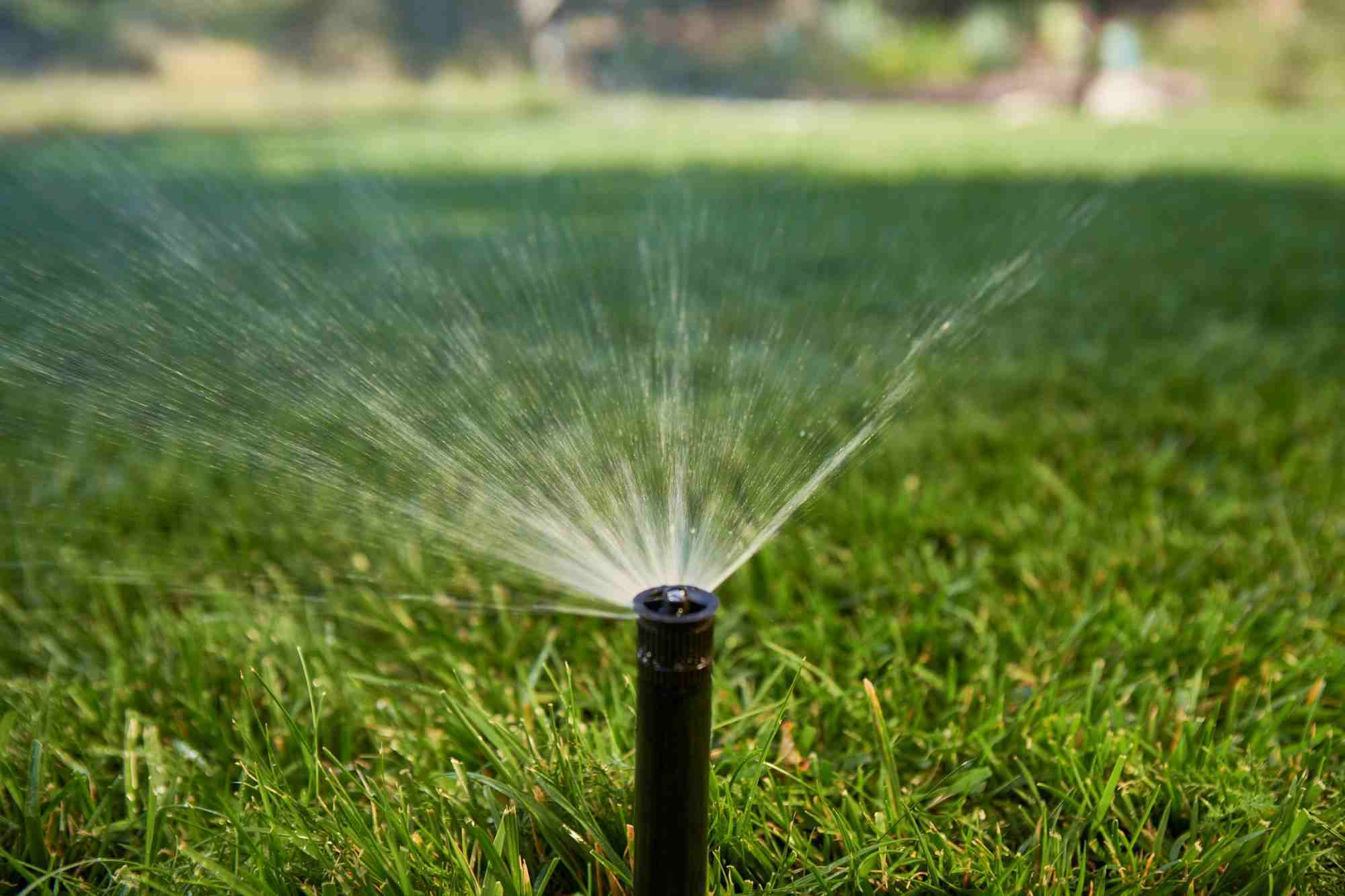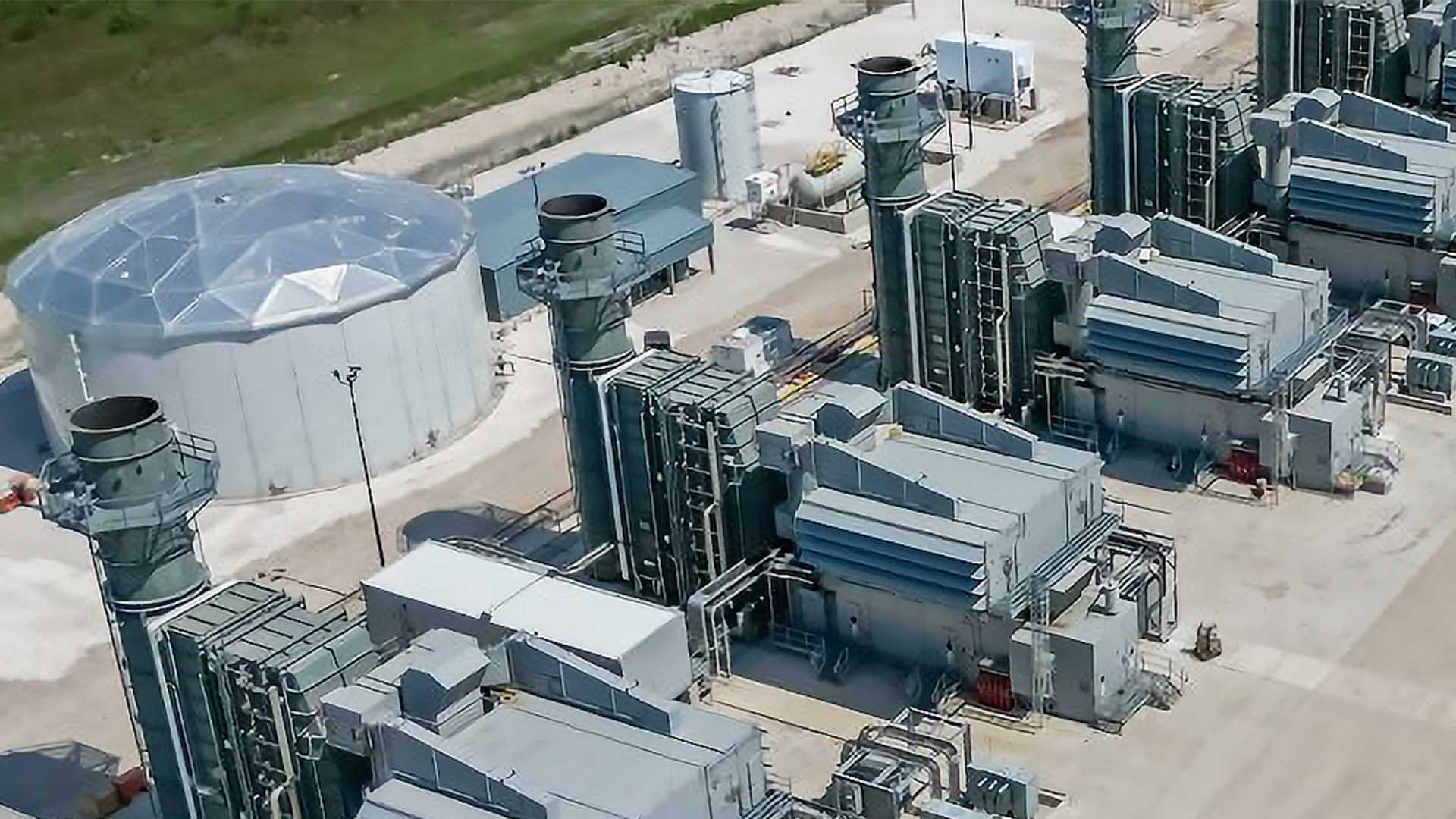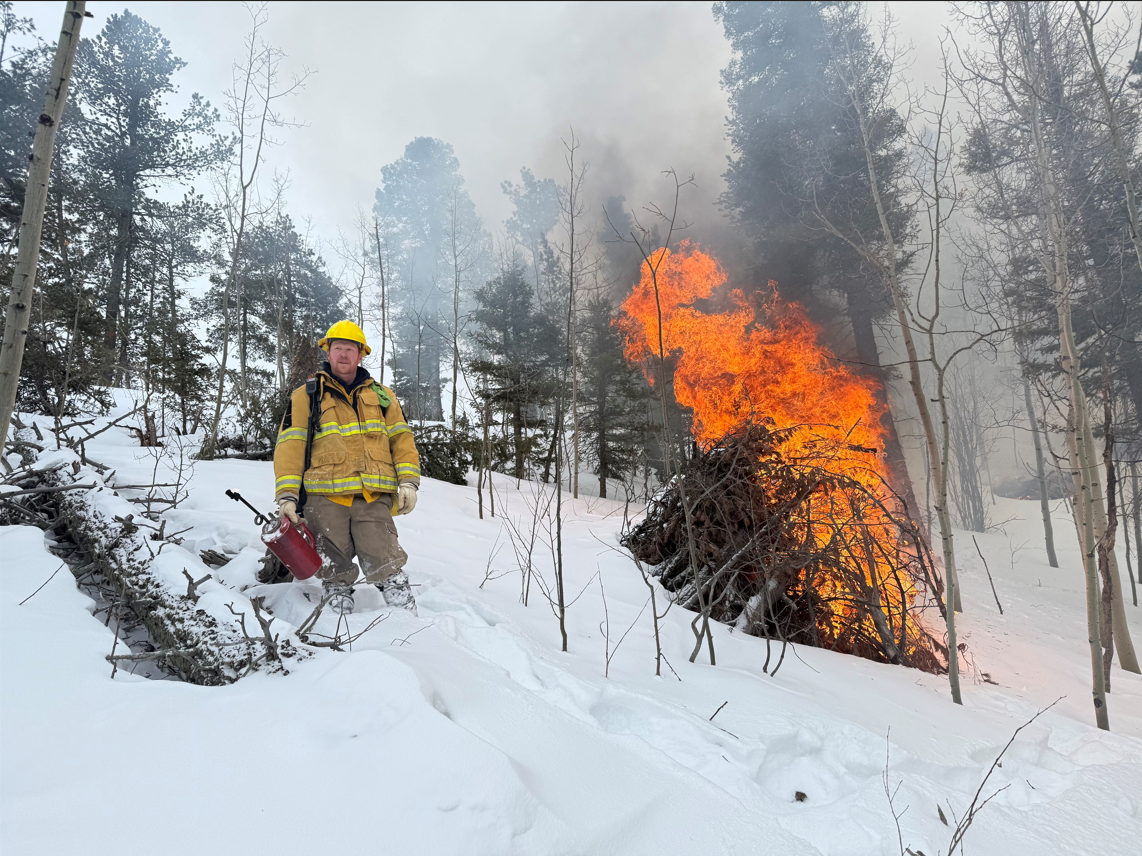
Jennifer J.
Duration: 1 minute
Published on July 20, 2023
It’s been raining cats and dogs…and hail and sleet and even snow (in the high country) since spring. While the weather has recently shifted to some hot, sunny days, we’re sitting pretty when it comes to precipitation - more than 19” so far in Colorado Springs and there’s still nearly half a year to go.
June’s rainfall broke a 58-year record for the Pikes Peak area. We see the results in all the green yards across town, as well as in our reservoirs. The melt-off from good snowpack, aided by ample rainfall, has boosted storage levels across our system to above 90%, which is the equivalent of about 3.3 years of customer demand in storage.
It feels good knowing there’s plenty of water in our reservoirs. It’s like having money in the bank. In a way, that’s a good way to consider it - as water for, well, a rainy day. But in this case, it’s for the drier days that are inevitably ahead.
Water storage is one way we provide reliability for our customers. Reservoirs allow us to not only capture water when our rights are in priority (that's a Colorado thing; you can learn more about the state's priority system here), they're part of a highly orchestrated system that allows us to move water from as far away as the Continental Divide to terminal storage near the city.
Wet years help bolster our supply so we can reliably meet demand in drier years. This "reliably met demand", or RMD, is our measure of system reliability in all years. But a wet year also means outdoor watering needs are less. Customer demand, also referred to as customer usage, is down about 11% compared to this time last year. Potentially, this could have budget impacts.
Our annual budget is developed using forecasted demand for services. Because volatility in water and energy use is not uncommon (weather being a factor for both), we have mechanisms in place to help offset these kinds of situations. For example, sometimes projects can be deferred if deferment doesn't impact the safety or reliability of our system. In the case of lower-than-anticipated water revenue, a water reserve account is available to help supplement shortfalls.
It’s too soon to know whether we’re facing a water revenue shortfall for the year, though. Water usage is highest between June and September and it’s likely that hotter, dryer days are ahead.
Looking further down the road, the decades-long drought we’ve experienced in the West is anticipated to continue. While a reprieve from drought this year is certainly something to celebrate, the steps our community has taken to be more water-wise will continue to be vital in the future. Conservation helps stretch supplies during drier times. Continuing to follow the Water Wise Rules and transitioning to more Water Wise landscapes are smart actions that will help us do that.
If you’d like to stay on top of storage levels across our system, check out our Water Supply Watch page on csu.org. It’s updated monthly, plus it provides information about the resources we use to monitor drought. It also contains links to information about our water system and conservation support.
In the meantime, to help manage your outdoor watering when the weather flips daily from sun to rain, consider purchasing a rain sensor. It prevents sprinkler systems from running when they don't need to. We offer rebates to help with rain sensors and other irrigation equipment, as well as helpful tips that can help you get the most efficient use from your system – no matter the weather.







